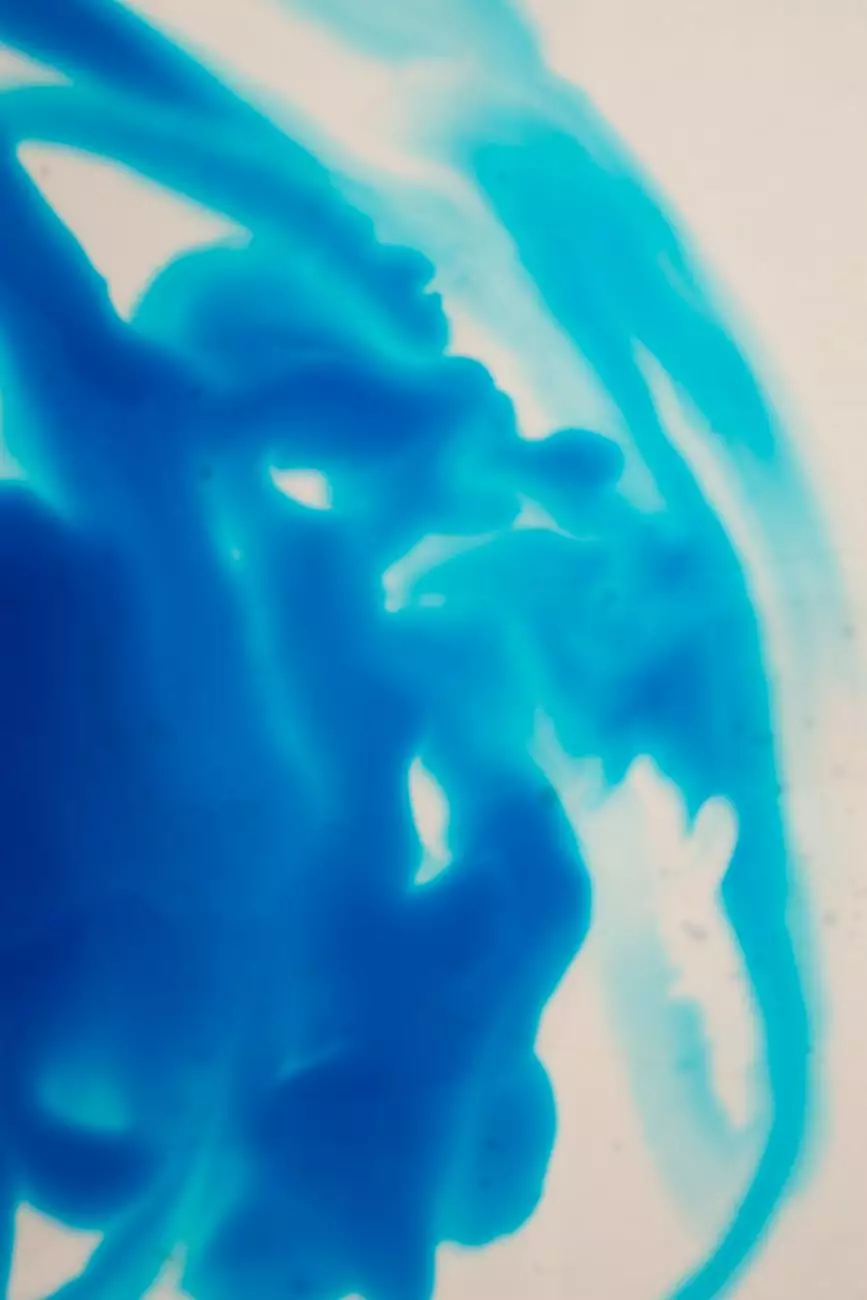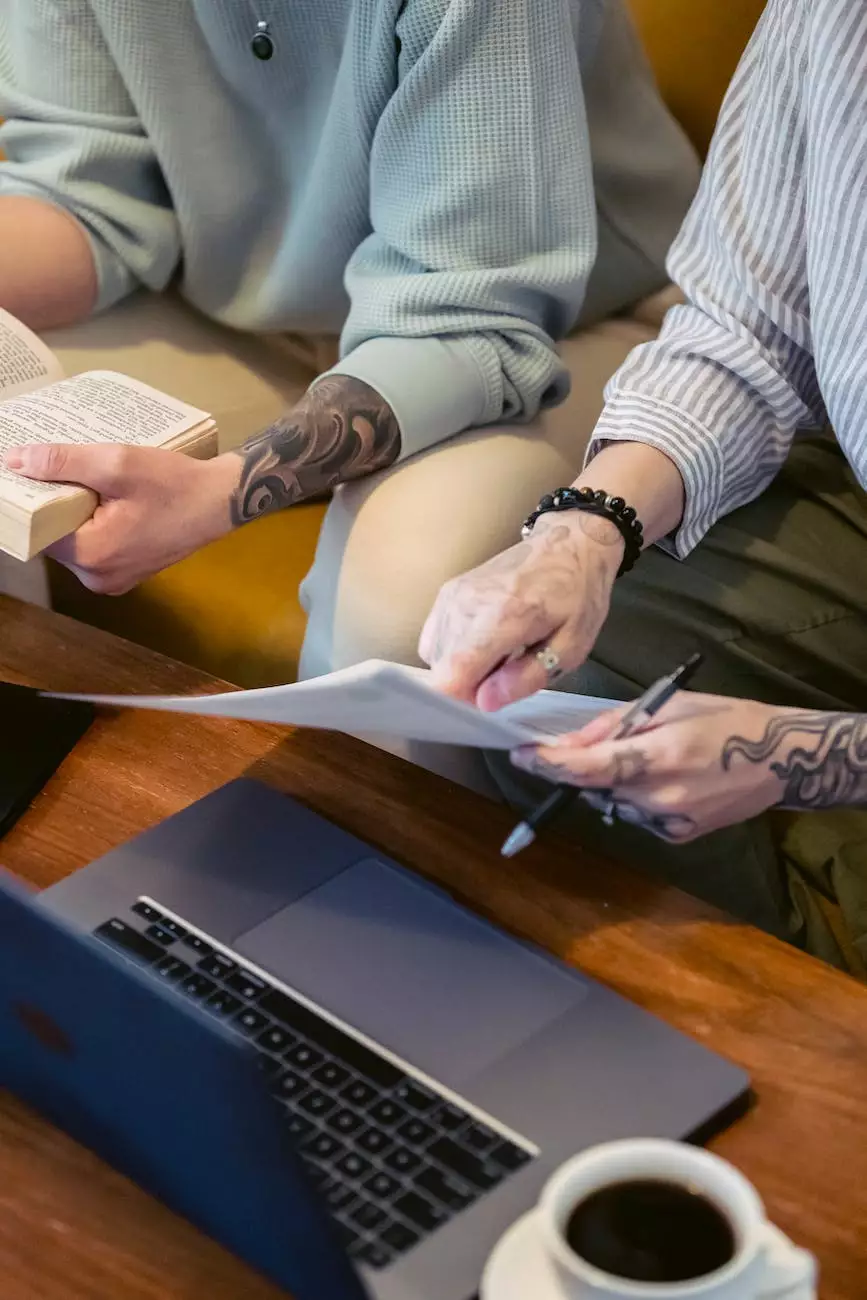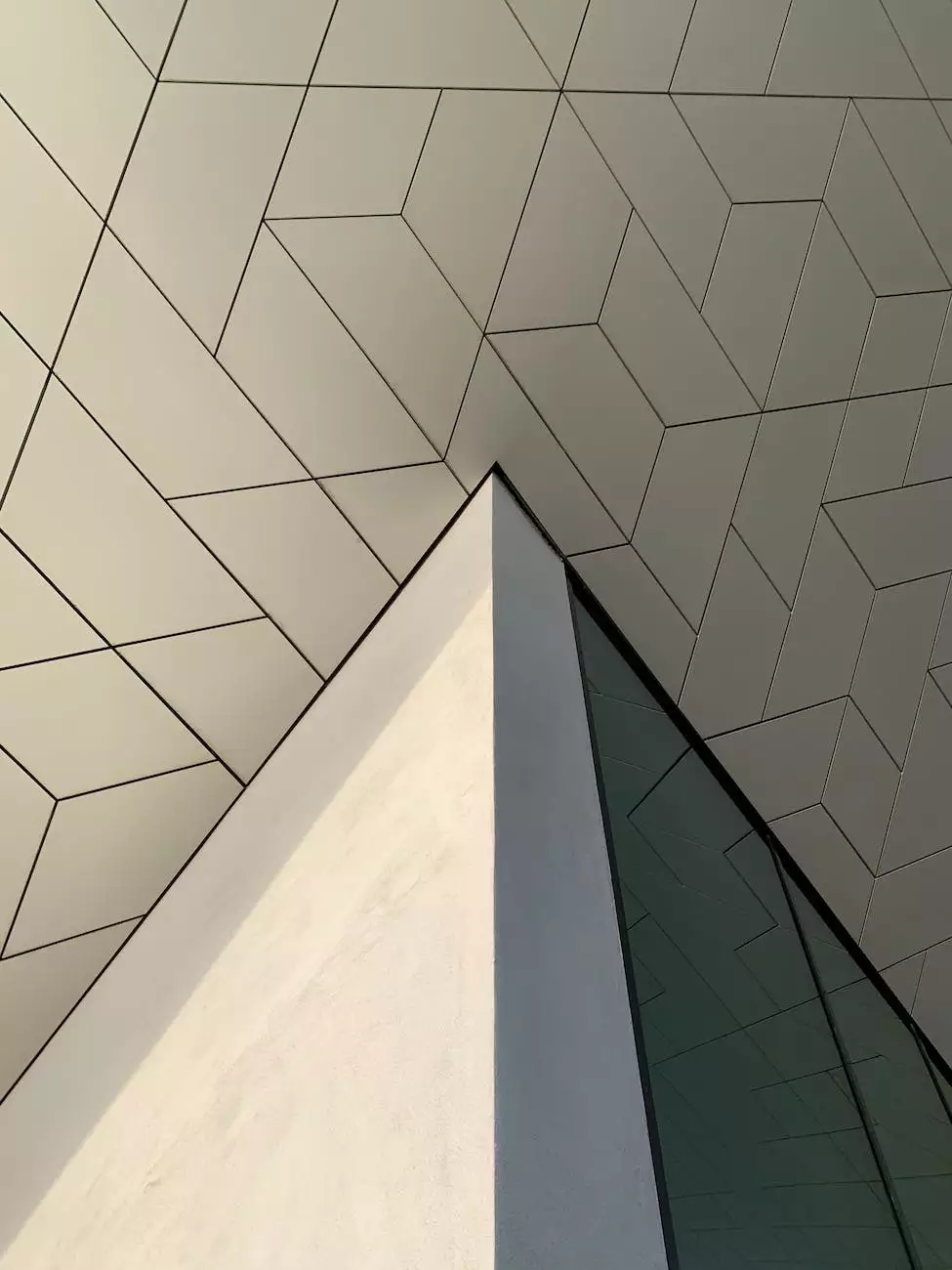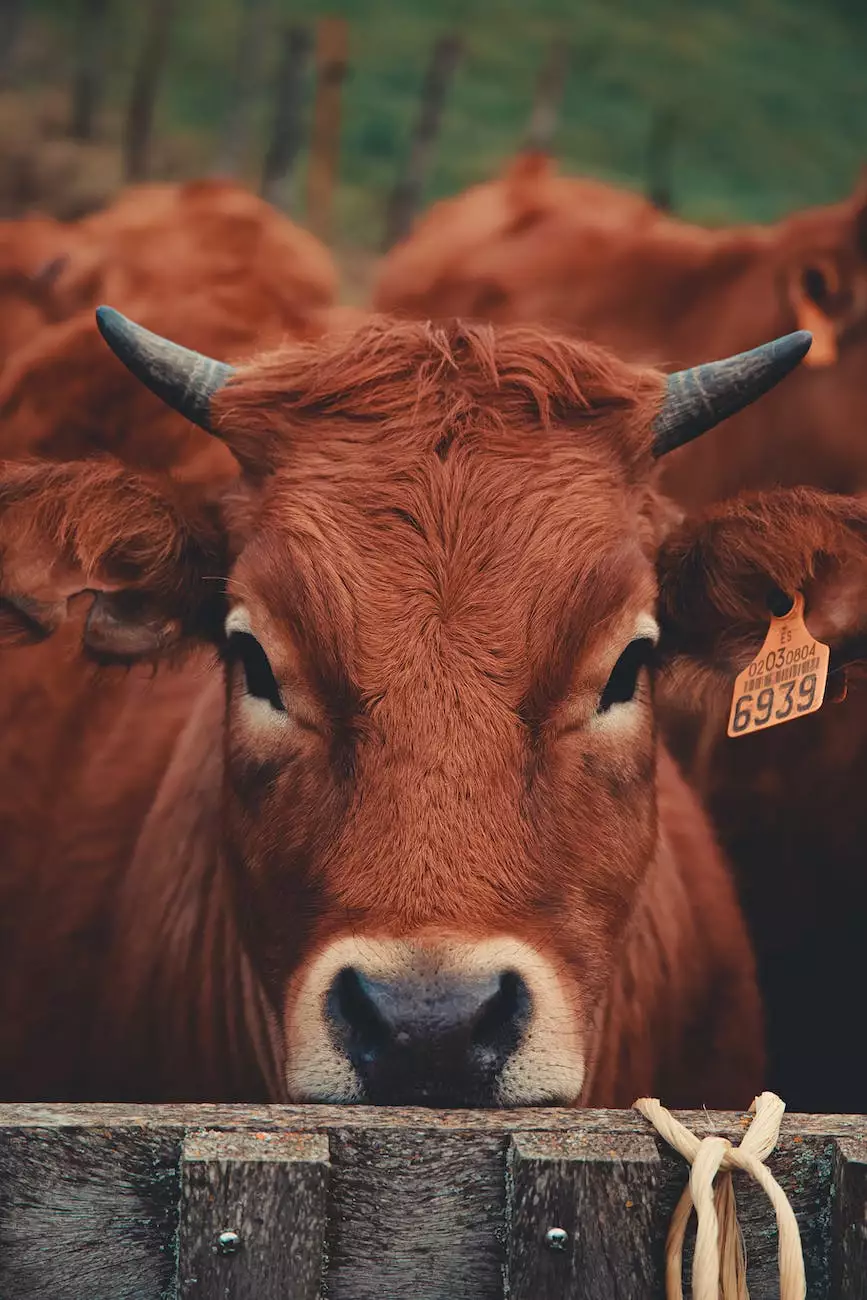Tutorial: Multi-material and Multi-Print Setting for FFF 3D Printing
Blog
Welcome to OrangeCoastWeb's comprehensive tutorial on multi-material and multi-print settings for Fused Filament Fabrication (FFF) 3D printing. In this tutorial, we will guide you through the process of optimizing your FFF 3D prints to achieve stunning results with multiple materials.
Introduction to Multi-material 3D Printing
Multi-material 3D printing is a breakthrough technology that allows the simultaneous use of different materials in a single print. This offers designers and engineers unparalleled flexibility in creating functional prototypes, intricate models, and complex structures.
At OrangeCoastWeb, we specialize in website development, but we also have a keen interest in exploring and sharing knowledge about emerging technologies like 3D printing. Our team of experts has extensively researched and experimented with multi-material printing using Autodesk Fusion 360, one of the leading software solutions for 3D design and modeling.
The Benefits of Multi-material 3D Printing
By leveraging the capabilities of multi-material 3D printing, you can unlock a variety of benefits that can greatly enhance your design and manufacturing processes. Here are some key advantages:
- Enhanced Aesthetic Appeal: Multi-material prints allow for the creation of visually stunning objects with vibrant colors, gradients, and custom textures.
- Functional Complexity: With the ability to print with different materials simultaneously, you can achieve functional complexity by combining rigid and flexible parts, conductive and insulating elements, and more.
- Cost and Time Savings: Multi-material printing eliminates the need for separate assembly or post-processing steps, reducing production time and costs.
- Prototyping Realism: Replicating the properties of the final product is crucial for accurate prototyping. Multi-material printing enables the incorporation of different materials to simulate the desired functionality.
Optimizing Multi-Print Settings for FFF 3D Printing
Now, let's dive into the process of optimizing your multi-print settings for FFF 3D printing using Autodesk Fusion 360. Following these steps will help you achieve the best possible outcomes:
Step 1: Design Considerations
Before jumping into the printing process, it's important to carefully plan and design your model with multi-material printing in mind. Here are a few considerations:
- Compatibility: Ensure that the materials you intend to use are compatible with your 3D printer's specifications.
- Material Selection: Choose materials that complement each other and serve your desired function and aesthetics.
- Model Preparation: Familiarize yourself with the design tools available in Autodesk Fusion 360 to efficiently model your multi-material parts.
Step 2: Slice and Print Preparation
Once you have your design ready, follow these steps to optimize the slicing and print preparation process:
- Slicing Software Selection: Ensure that you have a slicing software capable of handling multi-material prints, or explore plugins and extensions compatible with Autodesk Fusion 360.
- Layer Configuration: Fine-tune the layer thickness, infill density, and printing speed to achieve the desired quality and overall print time.
- Support Structures: Evaluate the need for support structures and consider different materials that can be easily removed or dissolved after printing.
Step 3: Material Loading and Calibration
Proper material loading and calibration are crucial for successful multi-material printing. Here are some tips to ensure a smooth process:
- Material Compatibility: Verify that the materials you are using are compatible with the extrusion system of your 3D printer.
- Extruder Setup: Configure the extruder settings in Autodesk Fusion 360 to ensure proper filament loading and retraction.
- Bed Leveling: Achieve optimal bed leveling to ensure consistent and accurate printing across multiple materials.
Step 4: Printing and Post-processing
Finally, it's time to start the multi-material 3D printing process. Here are some best practices to follow:
- Monitor the Print: Regularly check the progress of the print and make adjustments, if necessary, to maintain print quality.
- Clean-up and Finishing: After the print is complete, carefully remove support structures, clean any imperfections, and apply finishing techniques such as sanding or painting.
- Quality Assurance: Conduct thorough quality checks to ensure the final product meets your requirements.
Conclusion
Congratulations! You've completed our tutorial on optimizing multi-material and multi-print settings for FFF 3D printing. We hope this comprehensive guide has provided invaluable insights and practical tips for achieving outstanding results with your multi-material prints.
As you continue to explore the exciting possibilities of 3D printing, don't hesitate to reach out to OrangeCoastWeb for all your website development needs. Our team of experts is dedicated to providing top-notch services and staying at the forefront of cutting-edge technologies.










